The Parable of the Husband Who Admitted He Was Wrong: My Surprising Turn to Needlepoint
I firmly believe in the maxim that if the husband is found to be wrong, he must openly and willingly admit it to his wife. So, to my beautiful and loving wife, Erin, you were right and I was wrong about needlepoint (as well as about many other things, but we’ll talk about that in another blog).
When TikTok Led Us to Needlepoint
TikTok’s algorithm fascinates me. I end up with Star Wars memes, cross-stitchers, and Tar Heel references, while Erin ends up on Alabama Rush Week. It was during that time that she discovered needlepoint and suggested that I look into it.
“It looks like a printed cross-stitch to me at a much higher price point. Why would I do that when I get the same experience with a beginner printed cross-stitch kit?” I asked.
“It’s not the same thing. It’s a whole different process. Besides, the canvases are hand-painted. Look at this one,” she said.
She showed me a gorgeous nutcracker-themed stocking mesh pattern that retailed for $150. I nearly choked.
“And, correct me if I’m wrong, but don’t those silk threads cost seven to eight bucks each? I bet you’d have $300 in that project by the time you were done. Who in their right mind would pay that much for a project like that?”
Erin rolled her eyes and said, “You. Every single time you buy one of those huge Lego sets that are in the basement. You can’t pass judgment on somebody else when you’re guilty of the same thing. Just because you have four college degrees doesn’t mean you know everything.”
The Argument That Proved My Point (and Then Proved Me Wrong)
One of the things I love most about her is that she puts me in my place. She reminds me that I can get stuck in a bubble and not see things from a different angle. She was exactly right. I valued those large Lego sets and the time I spent working on them. It was worth the value I got from the experience. Needlework enthusiasts see the value in their projects the same way. It’s an act of creation—of artistic expression—that shouldn’t be measured by cost alone. The value lies in the process and the joy the creator receives from the act of expression.
Needlepoint Basics for Beginners
If you are new to needlepoint, it’s similar to cross-stitch and embroidery. In fact, many of the stitching techniques in needlepoint are modified stitches from cross-stitch and embroidery. The biggest difference is in the medium. Needlepoint requires a hand-painted mesh canvas. No company has figured out a way to mass-produce these canvases because the paint must be precise and not interfere with the path of the needle through the holes. Plus, most needlepoint enthusiasts choose hand-dyed wool or pure silk for their projects. It’s possible to use DMC threads, but the effect will not be the same. Wool and silk have a sheen to them and an ease of passing through the holes that cotton DMC floss can’t replicate. Remember—you get what you pay for.



Reading the Canvas: The Foundation of Good Needlework
Before you begin working with needlepoint, learn to read your canvas. If you look closely, you’ll notice that the weave has strands that appear above and strands that appear below. You’re sewing a single stitch from the bottom left to the upper right in each stitch. If you cross a fiber that is on top, that’s called a pole. If you cross a fiber that is below, that’s called a step. You’ll need to keep this in mind because understanding the order of stitching will keep your project from shifting and looking angular. If this happens, it can be fixed, but it will cost additional money to have someone knowledgeable straighten the work without damaging it.
When working with a plastic canvas, remember that it can stretch easily and distort during your process if your tension varies. There are several stitching techniques that can help prevent this, such as the basketweave method.

It’s also important to use stretcher bars to keep the canvas taut and to cover the edges with masking tape to prevent fraying.
Tools and Tips for a Strong Start
Before you dive into your first piece, make sure you have the right tools. A good pair of embroidery scissors, a magnetic needle minder, and a comfortable chair with proper lighting will make a world of difference. Always start with shorter lengths of thread to prevent fraying and tangling. If you’re working with silk, a touch of Thread Heaven or a similar conditioner can help control static and protect the fibers. Finally, remember that blocking (lightly steaming and pinning your finished work to shape) is the final step that gives needlepoint its crisp, professional look. It’s as satisfying as adding that last puzzle piece or snapping the final Lego brick into place.

A Growing Needlepoint Community Close to Home
We have a larger community of needlepoint artists in our area than I anticipated. The only local shops that I know of that carry needlepoint supplies are in Boone/Blowing Rock and Hickory. That’s a bit far for our local folks to drive. So Erin and I have decided to expand our needlepoint section and offer free classes and a support group to help these artists grow in their craft. Expect more on this topic in the coming weeks. It’s my intention to offer a complete needlepoint kit with everything included, as well as a private lesson for customers to purchase and give as a Christmas gift. We’ll have more information soon. In the meantime, please stop by the store and check out our in-stock canvases and silks from PepperPot and Vineyard. We have what you need to get started.
Happy stitching—and shop local!


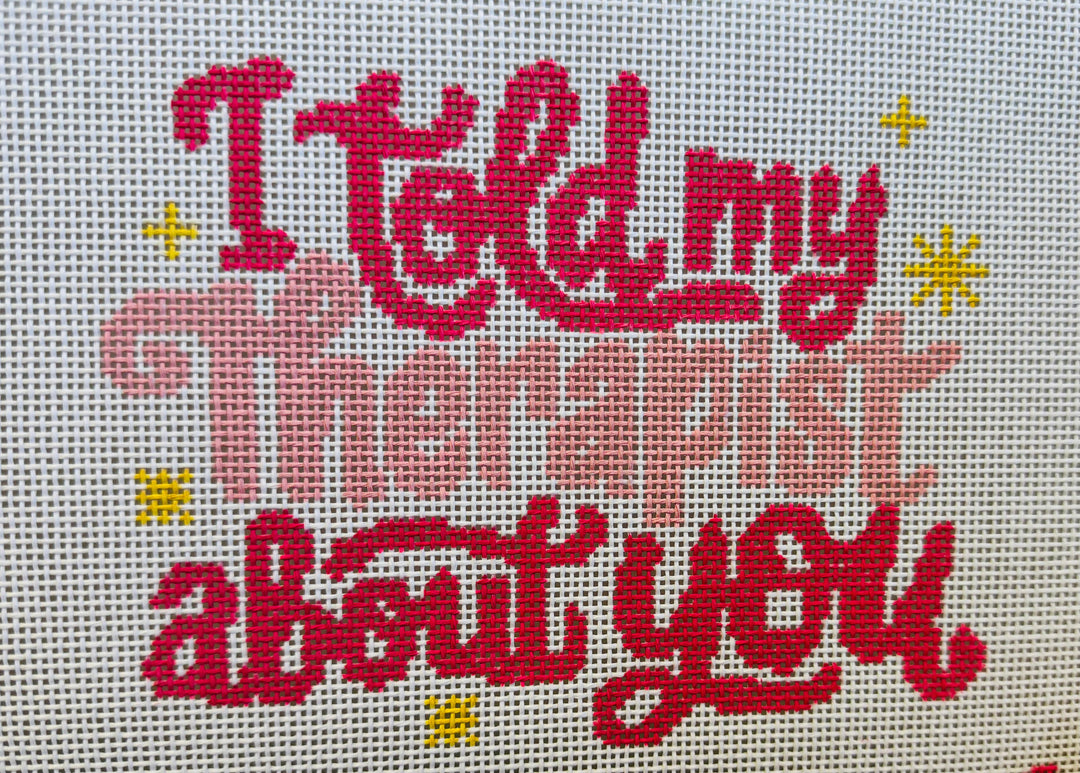
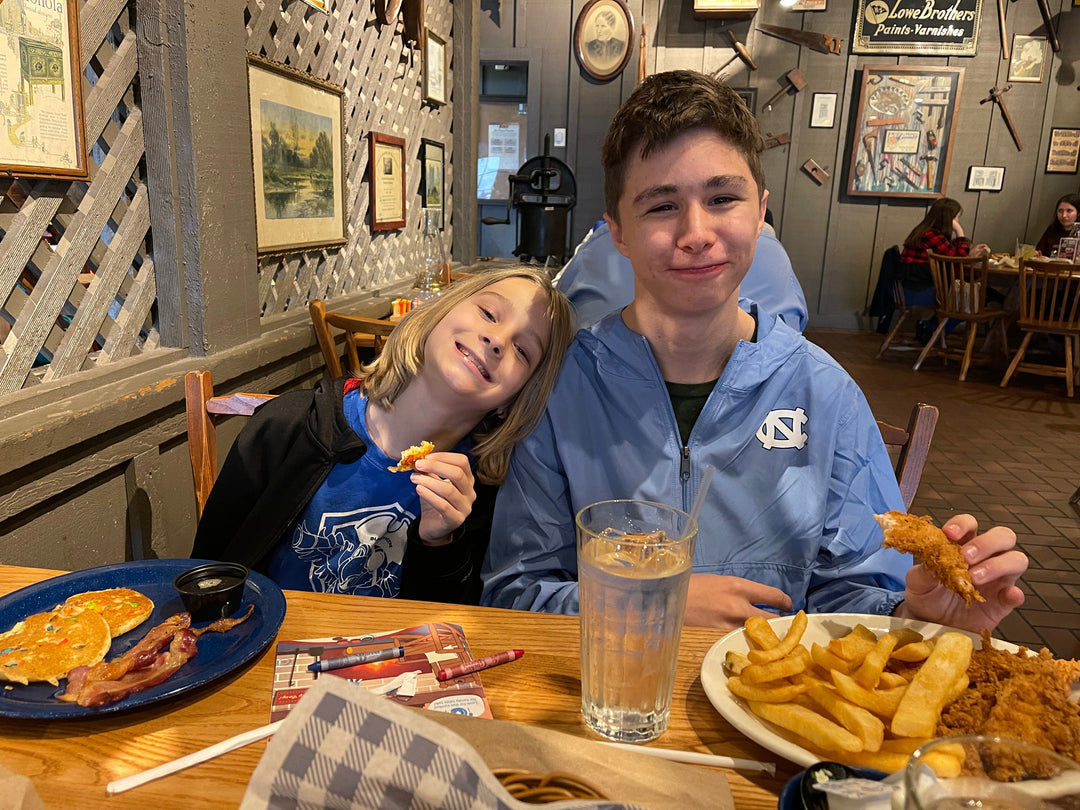
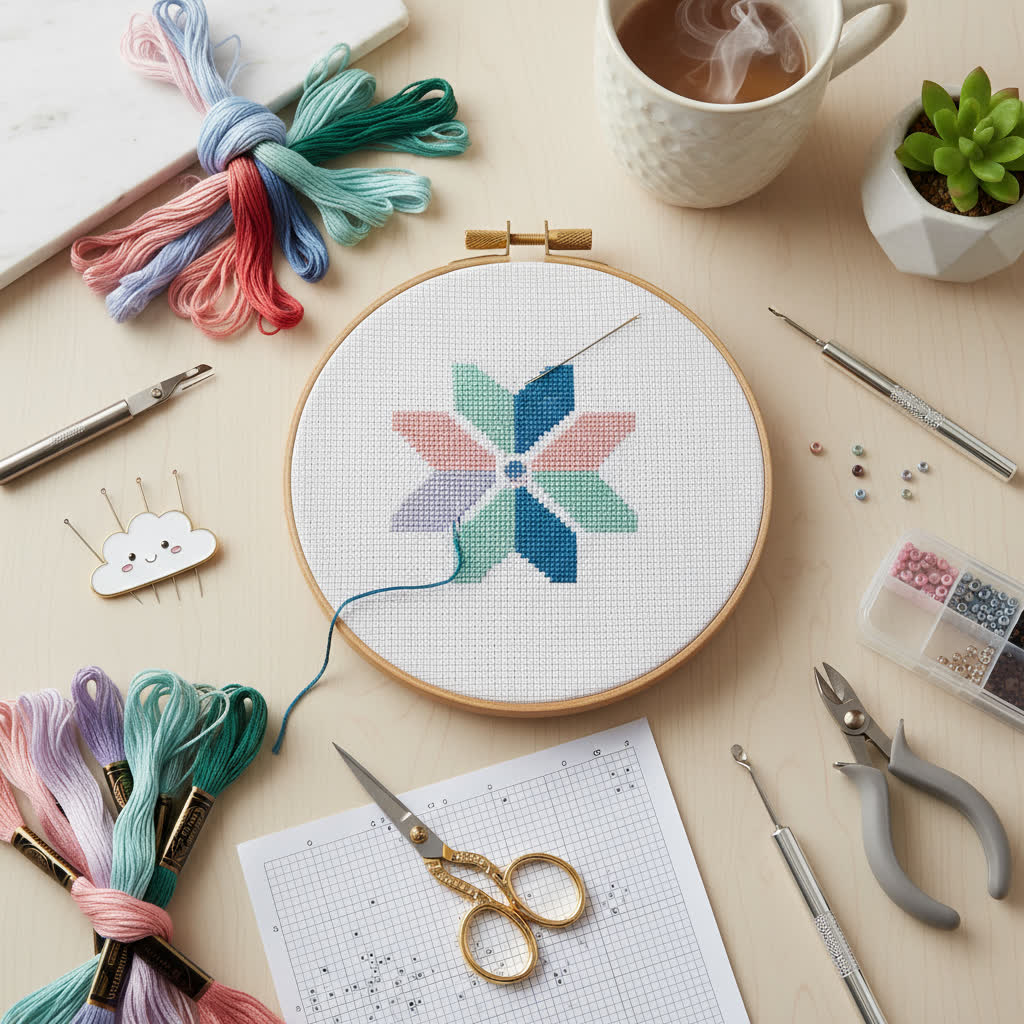
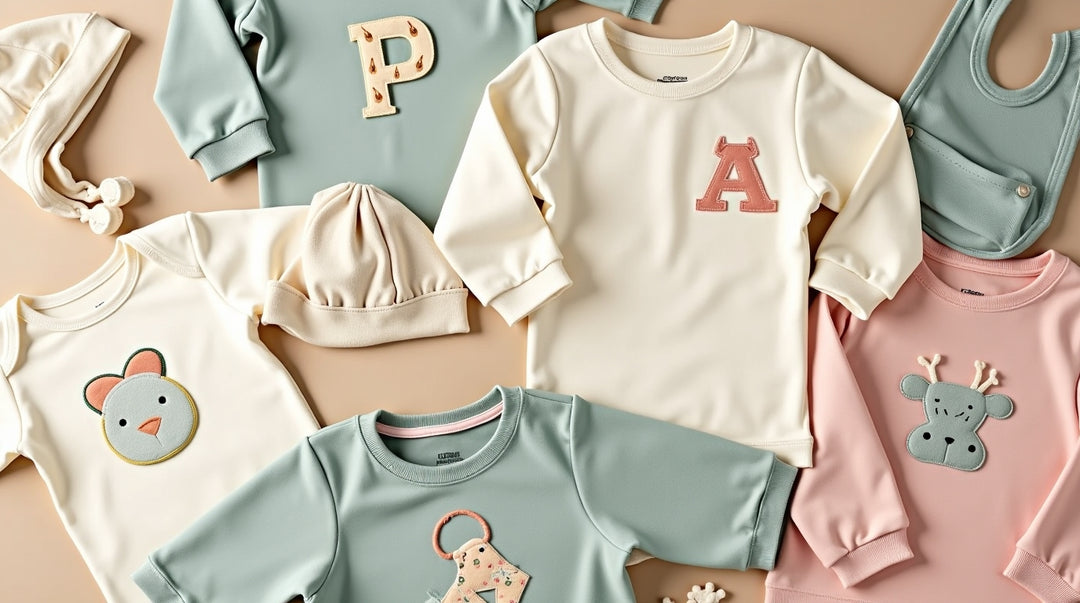
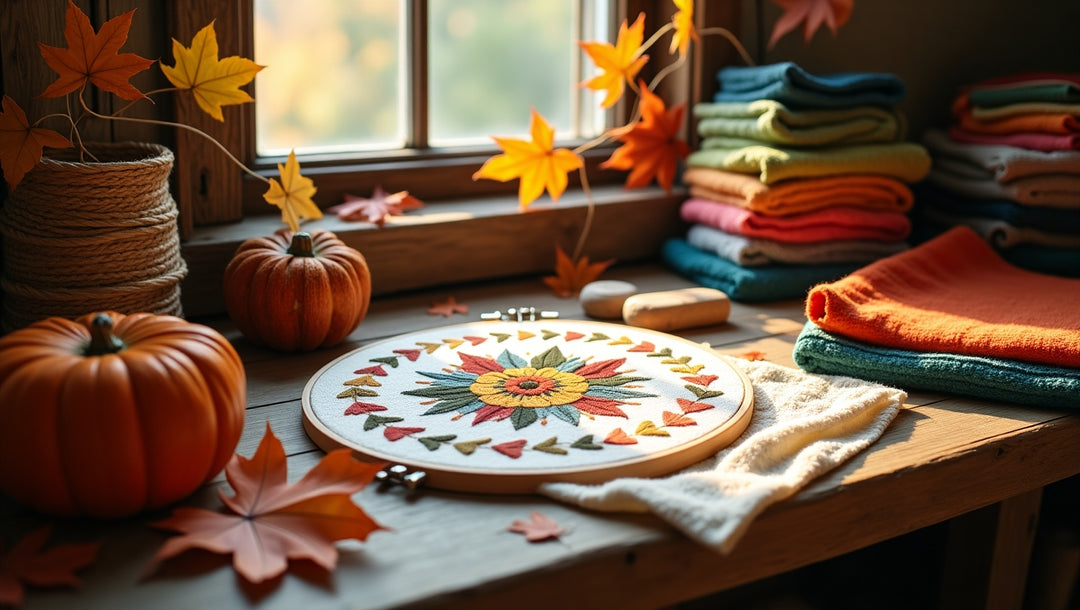
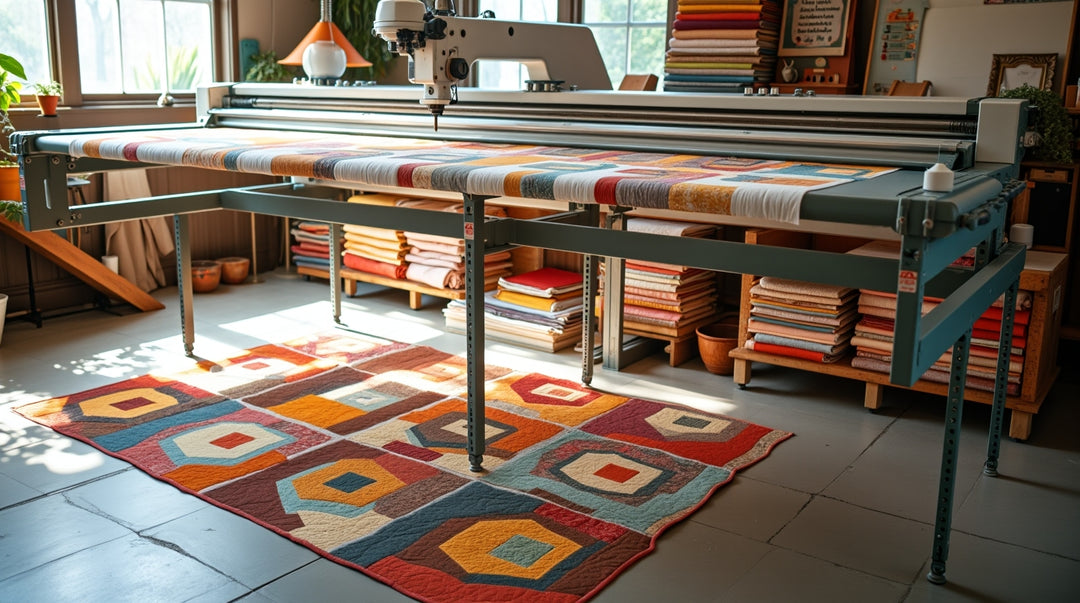
Leave a comment